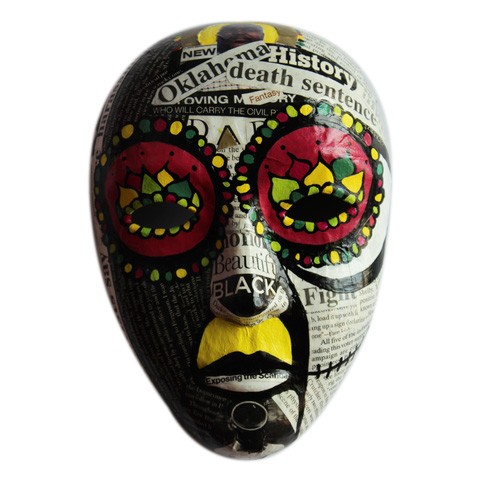Commemorating the Centennial of the Tulsa Race Massacre
In 1921, Tulsa’s Greenwood District – also known as “Black Wall Street” – was one of the most affluent black communities in the United States. Yet during the evening of May 31 and the early-morning hours of June 1, 1921, Tulsa exploded. Enraged by rumors that a black youth had sexually assaulted a white girl, a mob of several thousand white Tulsans orchestrated a violent attack on the Greenwood District.
All told, in approximately twelve hours of white mob violence, the thirty-five square blocks that constituted the district – more than a dozen churches, five hotels, thirty-one restaurants, four drugstores, eight doctors’ offices, two dozen grocery stores, a public library, and more than a thousand homes – lay in ruin. It is estimated that as many as three hundred people, mostly black, lost their lives in the attack on the Greenwood District. This event – one of the deadliest acts of antiblack violence in U.S. history – is remembered as the Tulsa Race Massacre.
To commemorate the hundredth anniversary of the massacre, plans for a yearlong educational initiative across the University of Oklahoma’s three campuses are underway.
The project is being coordinated by Professors Kalenda Eaton and Karlos Hill of the Clara Luper Department of African and African American Studies, along with Daniel Simon, assistant director and editor in chief of World Literature Today. Together, they are leading the OU Tulsa Race Massacre Centennial Coordinating Committee, which will serve as the project’s central point of contact.
Faculty and staff from the Norman, OU-Tulsa, and OUHSC campuses who are teaching relevant courses, or who are working on projects related to the centennial throughout the 2020–2021 academic year, are invited to join the initiative by contacting the committee at TRMcentennial@ou.edu. Projects that involve teaching, research, creative activity and/or community engagement are especially welcome, including student projects.
The aim is to provide a critical space for the OU community to remember and reflect on the upcoming centennial as well as to engage the ongoing campus-wide conversation about diversity, equity, and inclusion.
More information about the initiatives currently being planned can be found in the Special Projects and Schedule menus.
* * *
Above: New Oklahoma History, by Ebony Iman Dallas, focuses on police brutality and, more specifically, Terence Crutcher, whose car broke down in the middle of the street before he was killed by an officer of the Tulsa Police Department on September 16, 2016. Dallas—an artist, writer, and founder of Afrikanation Artists Organization (AAO)—has been chosen as a participating artist in the Greenwood Art Project. She is a fifth-generation Oklahoman and second-generation Somali American.


